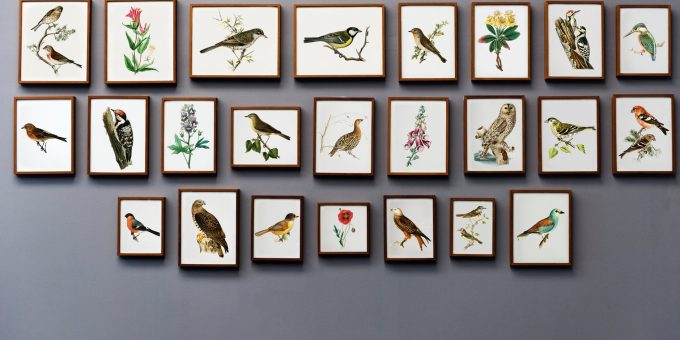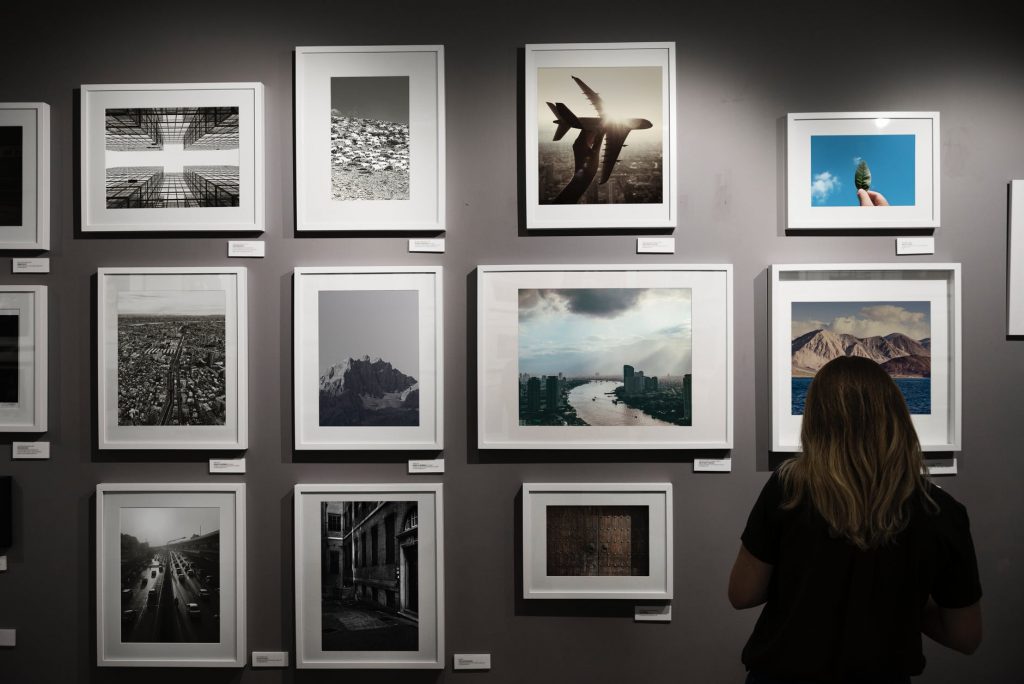
Art in Healthcare Offers Many Benefits:
The area of healthcare delivers many different continuing opportunities for art services providers and artists. In both healthy and challenging financial climates, the medical sector remains a continuous and buoyant marketplace because of population increase, population aging, and the requirement to upgrade out dated centres. Increasingly, because the millennium, medical facilities such as hospitals, clinics, senior living homes, and medical and dental offices have recognised the significance of providing functional and aesthetically pleasing surroundings.
Art budgets have been factored in preliminary funds for furniture, lighting, signage, floor and wall treatments, along with other essential furnishings are all introduced to project supervisors throughout the first phases of construction. Art is no longer considered as an extra, it’s a necessary component of the design.
Public art exhibition walls serve many roles in healthcare centres. Strategically placed art helps soothe and welcome visitors and patients. Additionally, it helps with wayfinding. Technique helps explain the boundaries of people and non-public regions of hospitals. Frequent areas displaying art are entrances, waiting rooms, corridors, treatment rooms, and cafeterias. Typically, art advisers working on healthcare jobs are a part of a design group, and a committee of decision-makers like the project manager, architect, interior designer, facilities manager, and administrators create artwork selections.
An Important Focus is on Nature and Its Beauty
In hospitals, the design team would aim to convey ecological sustainability while designing an uplifting environment for patients who may be going through a difficult time. The art chosen is subject based, together with the most frequent theme being a character and its beauty. From poster artwork to luxury sculptures, nature-themed art is specified and bought in re-modelled and new healthcare centres. While local clinics and physicians’ offices may call for a sizable quantity of art, hospitals need art applications on a much bigger in scale.
The art specified in fresh hospitals complements cutting-edge architectural layout and adds to the ambience of this room. With such attributes as atriums, waterfalls, etched and stained glass walls, and big open spaces with natural light, the requirement for upscale art is significant.
Art is part of this equation to present a suitable and uplifting atmosphere for patients. It’s every bit as important to the employees working in the centre.

Mediums, Colours, Topics and Trends
Healthcare administrators and their committees are available to buy many different kinds of art from photos, one-of-a-kind mixed media pieces, paintings on canvas, ceramic and metallic decor to all sort of sculptures. Reproductions like posters are frequently utilized in patient rooms.
Colour palettes are motivated by nature which ranges from soft to darker greens, in addition to beige, beige, yellow, amber, and blue. With sensitivity to blood, the colour red is usually avoided or used just marginally as an accent colour.
The trend in healthcare is sustainable and green design. In this age of environmental concern, it’s compulsory that designers and architects adapt to incorporating new systems which impact internal and external aspects like energy efficiency, water usage, and indoor air quality.
The kind of art specified for a specific sort of facility fluctuates based on the people being served. Senior homes usually have art that is more conventional than art set up in a standard medical office. While newer hospitals can utilise some abstract work combined with modern nature motifs, mature assisted living communities tend to define landscapes together with gardens and florals, and typically do not elect for abstract pictures. Areas of the nation also have limited appearances, for example, beaches where the climate is warm.




